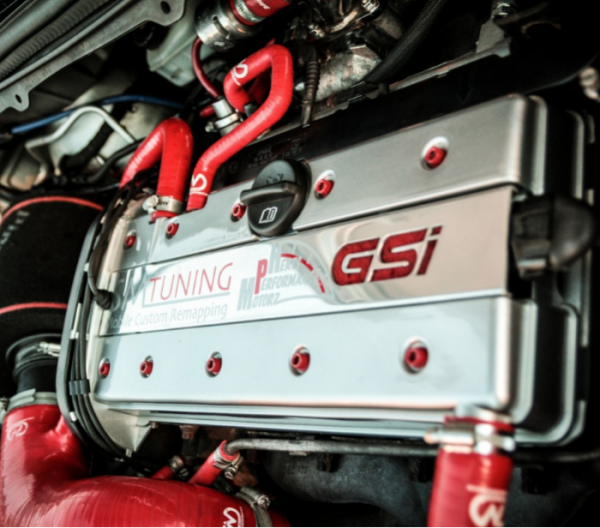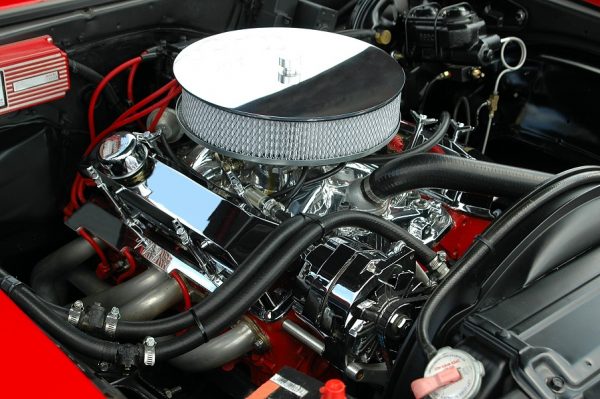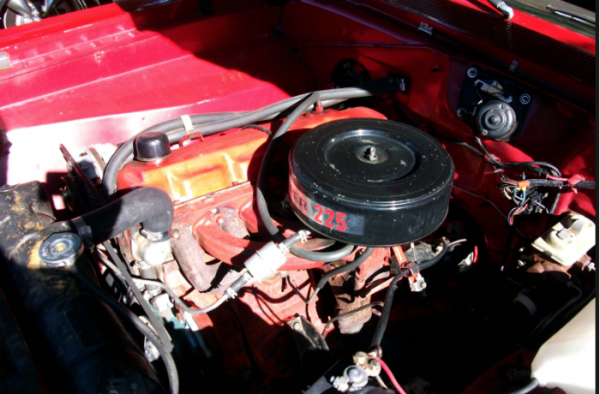Remapping: what you need to know

Remapping your car engine is one option for consideration when you’re trying to squeeze a few more mph out of it, but what is remapping, what does it cost, what are the benefits and does engine remapping affect your insurance?
What is remapping and what does it do?
Remapping a car is a quick and fairly cost-effective modification to the microchip in your car’s Electronic Control Unit (ECU), to overwrite the manufacturer’s factory settings. This enables your car to perform at its optimum potential.
What is an ECU?
An ECU is a computer in your car that governs the power of your engine. At manufacture, the ECU is set to limit your car’s performance capabilities to preordained levels aiming to extend the life of a car.
Two decades ago manufacturers began building on-board diagnostic (OBD) ports into ECU designs. These allow mechanics to connect an external computer to the ECU to analyse problems. The OBD port is also used for remapping engines.
What are the benefits of remapping?
The main reason drivers get an engine remapped, is to boost speed and power. There are, however, other benefits of car engine remapping:
Economy
Remapping should increase your car’s miles per gallong and overall fuel economy. You’ll also be reducing your carbon footprint.
A better ride
With an enhanced accelerator and engine response, your car will feel smoother and easier to drive.
More pulling power
If you use your car to tow, remapping will give it extra power, meaning it won’t have to work so hard when climbing or accelerating.

What are the disadvantages of remapping a car?
Only turbo engines will fully benefit from a remapping. If your car isn’t a turbo, a remap will deliver negligible improvement in bhp. There are other remapping issues to consider:
Power gain, more strain
The car’s increased power after remapping will likely put extra strain on the engine, gearbox and other components, such as the clutch. This means you may be at the garage for servicing and repairs more frequently.
Upgrade your top-up
You may need to buy higher octane fuel following remapping. This is generally more expensive than regular fuel.
Warranty issues
Your warranty may be invalidated if you get your engine remapped at a garage that isn’t approved by the manufacturer or an approved dealership.
Watch your speed
With a higher powered car comes temptation and a greater risk of drifting over the speed limit!
Insurance implications of remapping
Remapping may increase your insurance premium, but you can find a good deal by using a specialist insurer like Adrian Flux, who offer insurance tailored for owners of modified cars. The team of brokers at Adrian Flux are confident that they could provide you with a more suitable quote on your insurance, especially if you have previously been quoted in excess of £2,000. You must declare that your car has been remapped regardless of the insurer you choose (or your policy could be invalidated).
Learn more by redaing our blog Can insurers tell if your car is remapped?

Is remapping a DIY job?
Unless you are a mechanical genius, it’s probably safer to take your car to a qualified expert for remapping to avoid the risk of engine damage. Remapping is becoming more popular because it takes less than an hour and you will probably notice a significant improvement in performance almost immediately.
You can find a guide to other popular car modifications through the decades here.
How much does it cost to get an engine remapped?
Basic car remapping can cost as little as £200. The price will increase depending on the degree of programming and testing that is required, and the type of vehicle. Costs will also increase if you want a handheld or dash-mounted device that allows you to switch between engine maps.
How do I know if my car has been remapped?
It is difficult to know how to tell if a car has been remapped. If you suspect that a second-hand car has been, but the previous owner nor paperwork mention it, then it can be hard to tell for sure. Some remapping services leave a sticker on the ECU and, if they do, this will be the only visual clue that changes have been made.

Is remapping the same as ‘chipping’?
‘Chipping’ and remapping are both methods used for improving a car’s performance. Much like the inside of your laptop or mobile phone, an ECU comprises a motherboard and microchips. While remapping changes the software that the unit runs, ‘chipping’ involves physically replacing the main computer chip with a new, pre-programmed one.
Around the year 2000, cars were becoming more computerised and manufacturers started to include an access point in their ECU designs. The access point, known as an on-board diagnostic (OBD) port, allows mechanics to connect an external computer or device to the ECU and investigate why certain systems aren’t working as they should. The OBD port is also used for remapping engines.
‘Chipping’ is a more risky process than remapping as it requires the mechanic to open the engine control unit, leaving it vulnerable to damage. Since OBD ports became mandatory in Europe for petrol cars in 2001 and diesel cars in 2003, ‘chipping’ is usually saved for models that pre-date this era.
If you enjoyed this article, check out our guide to the nine top car modifications and how they affect your insurance or our guide to the top 10 cars to modify.







